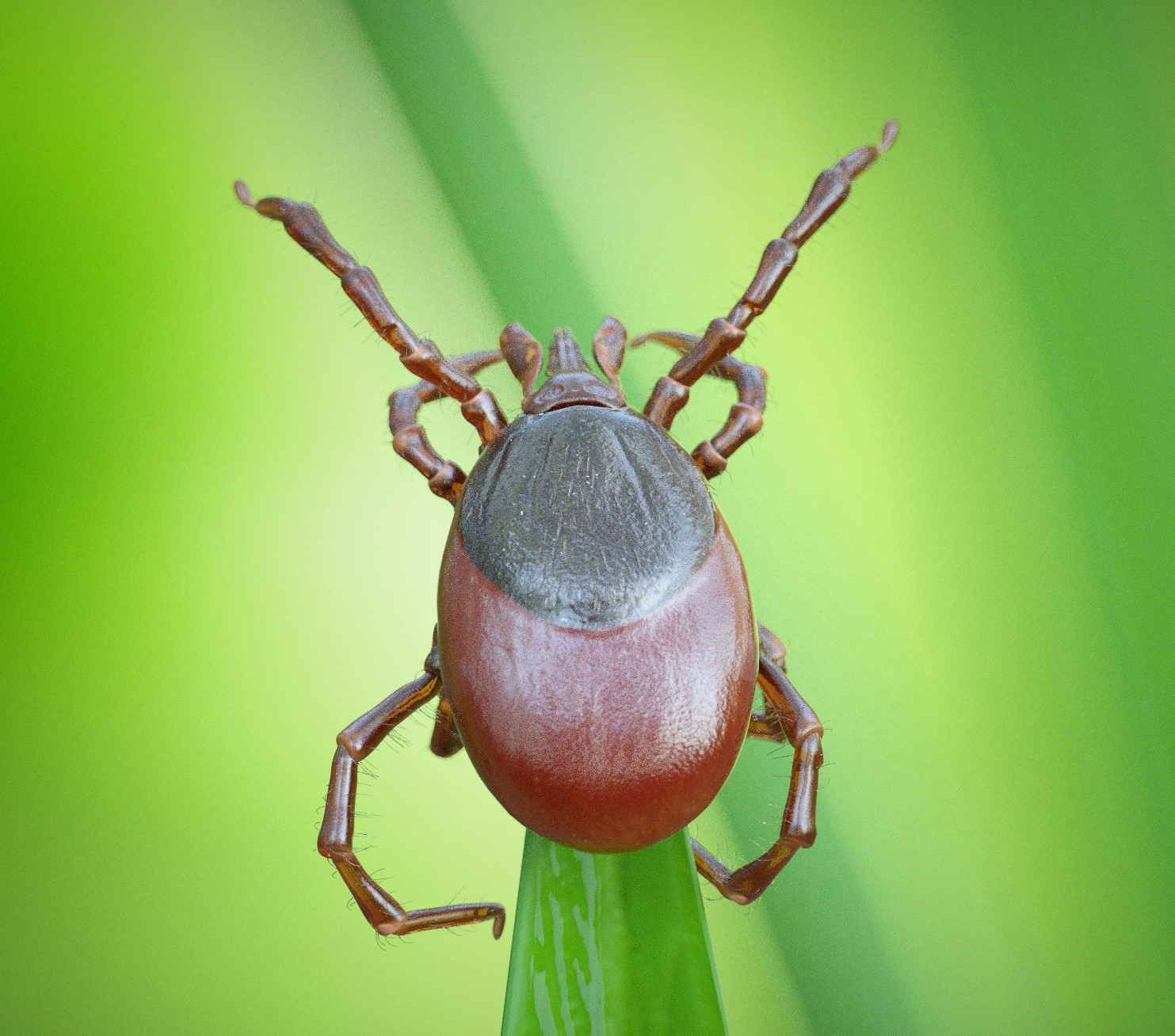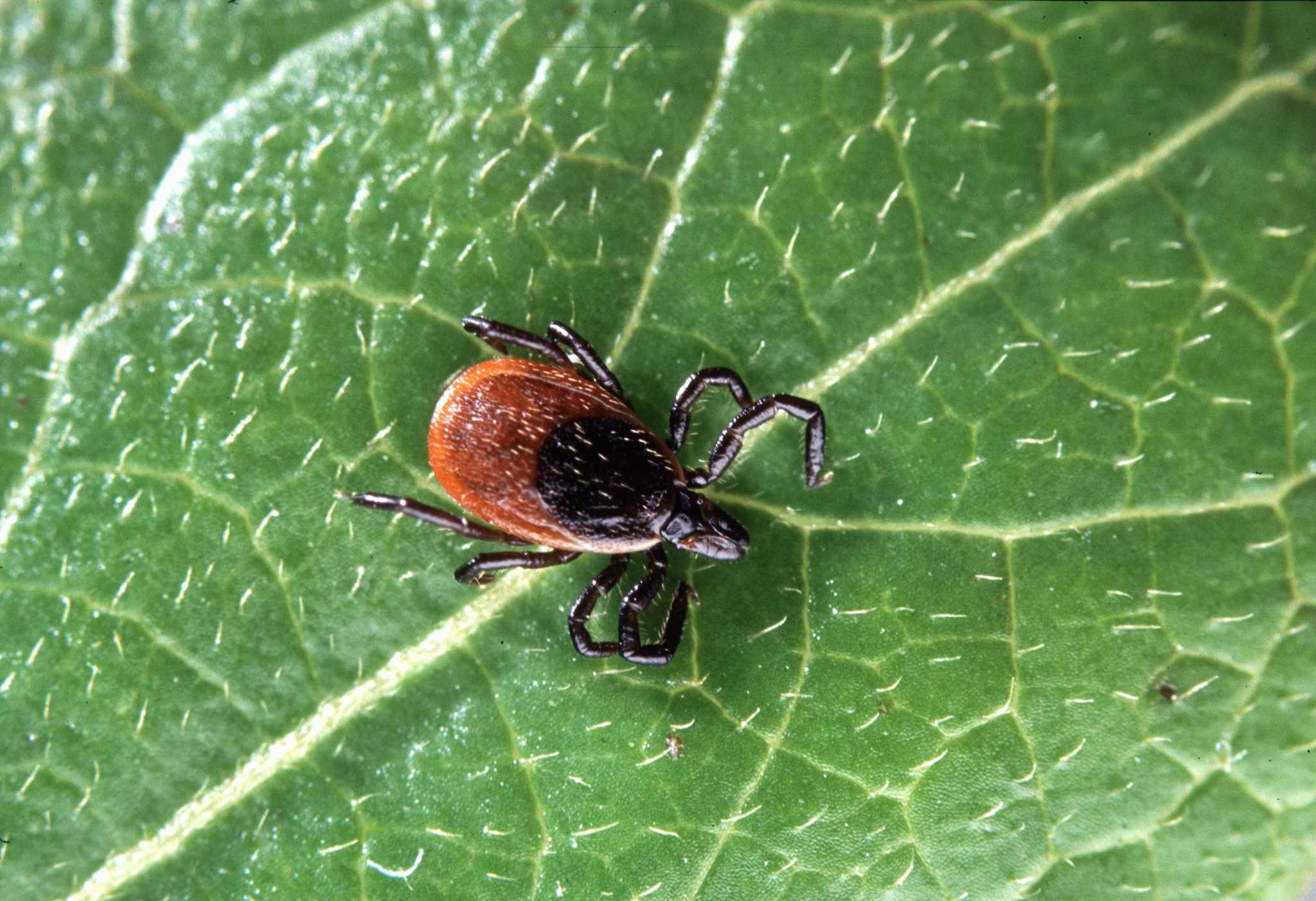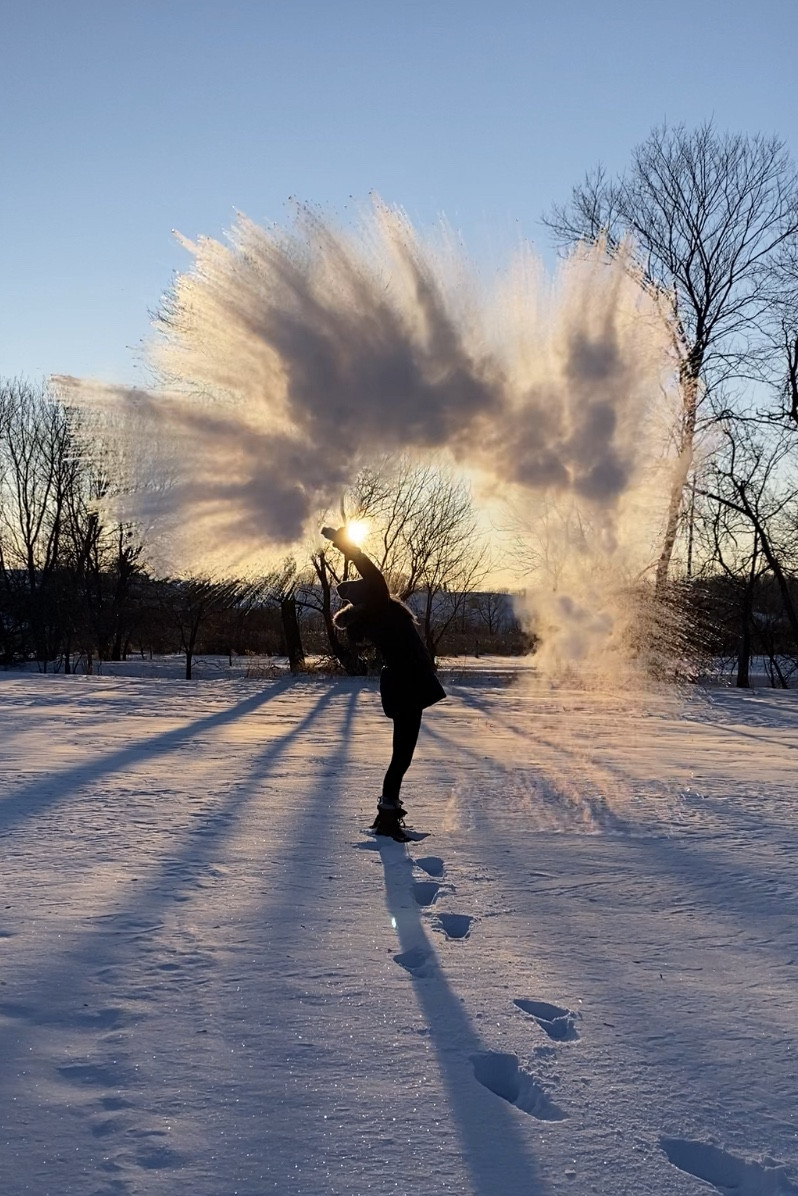The child developed a fever and other related symptoms and was admitted to the hospital. They have since been discharged and are recovering at home.
Powassan virus disease is a tick-borne disease that can be spread to people after being bitten by an infected black-legged tick. These parasitic arachnids can also spread Lyme disease, and they carry the Powassan virus after feeding on an infected rodent.
"Ticks can and will be found almost anywhere," Kristen Mertz, a medical epidemiologist with ACHD, told the Pittsburgh Post-Gazette. "Black-legged tick nymphs (primarily active May, June, & July) prefer leaf litter, while the adults (active Sept-April) prefer grasses in forest edges & trail edges."
As the Post-Gazette observed, while Powassan virus disease is not as common as Lyme disease, instances are increasing. This has been attributed to reforestation patterns and milder winters, which are allowing tick populations to increase.
Why is the Powassan Virus Increasing?
According to the Environmental Protection Agency, temperature changes as a result of human-caused global heating are expanding the range of ticks. Deer ticks, for example, thrive in temperatures with at least 85% humidity.
If more sustained warmer temperatures are presenting optimal conditions for tick survival, they will be present in woodland ecosystems for longer periods, extending the potential exposure time for tick-borne illnesses among humans.
"Unlike some other vector-borne diseases, tick-borne disease patterns are generally less influenced by short-term changes in weather (weeks to months) than by longer-term climate change," the EPA noted.
How Can You Prevent Powassan Virus Infection?
Reducing potential exposure is key to minimizing the risk of being bitten by a tick. For example, wearing clothes that cover your arms and legs when walking in grassy areas or among leaf litter will present less of a chance for ticks to bite into skin.
The Post-Gazette recommended removing embedded ticks with fine-tip tweezers and visiting a healthcare professional if you become sick following a bite. Powassan virus disease symptoms can develop from a week to a month after exposure, and a non-specific rash is an indicator of possible infection.
The Fight Against Tick-Borne Diseases: Climate Change Plays a Role
But since ticks thrive in warmer conditions, taking steps to slow the rate of global heating is also crucial. It might seem a strange method of prevention, but accessing energy from renewable sources, cutting meat from your diet, and even recycling more can help reduce planet-warming pollution and thus cool the planet, limiting the ideal weather conditions for ticks to thrive in.
Join our free newsletter for good news and useful tips, and don't miss this cool list of easy ways to help yourself while helping the planet.
© 2024 THE COOL DOWN COMPANY. All Rights Reserved. Do not sell or share my personal information. Reach us at [email protected].


















